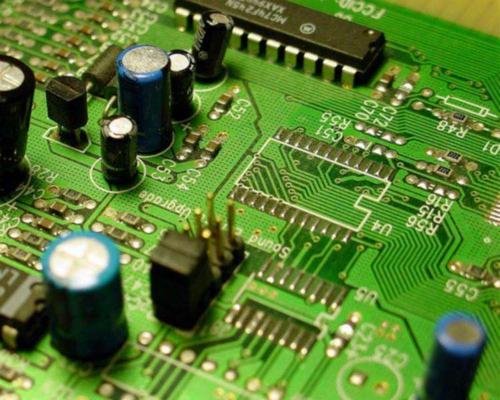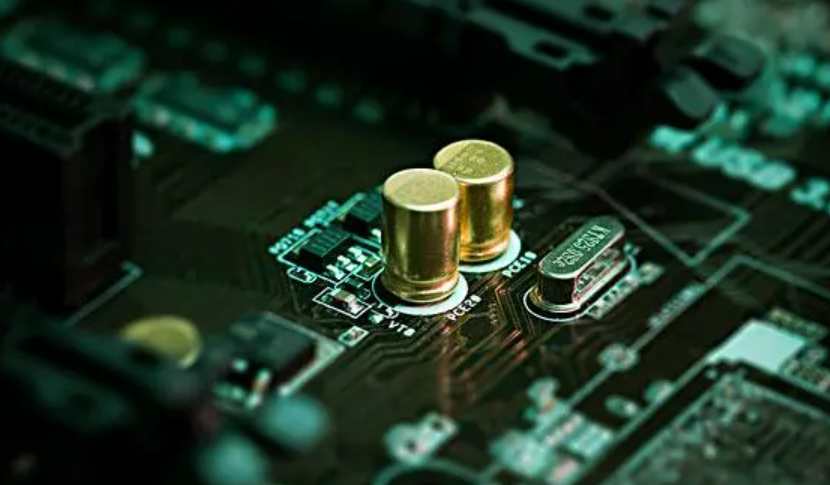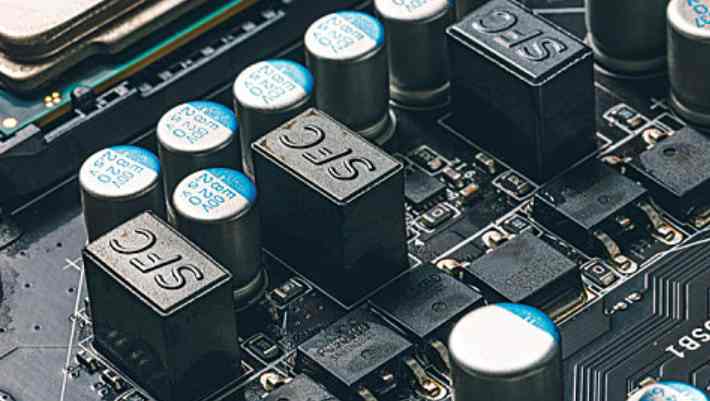
The success of a business is measured by three main indicators, namely, the increase in employees, turnover and profit; There are also three main indicators to measure the success of an enterprise's manufacturing management, namely manufacturing cycle, resource efficiency and process stability.
PCB processing plants need to set performance indicators for work order, equipment, personnel and quality based on these three weathervane, so as to measure whether the manufacturing process of the enterprise is excellent. If we don't define manufacturing KPIs correctly, we won't be able to use information technology systems to assess whether there is room for improvement in the six manufacturing business processes (production control, production preparation, planning and scheduling, quality control, equipment maintenance, and information management), each of which is a high-level business objective linked to multiple key metrics.
MESA (Manufacturing Enterprise Solutions Association) has sponsored a study over the past few years aimed at helping the manufacturing market identify the most important indicators and helping decision makers understand indicator improvement and its relationship to indicator planning and software solution use. As part of the latest Indicator Survey, these 28 manufacturing indicators were identified as the most used by discrete, process and mix/volume manufacturers.
The 28 KPIs are described in categories as follows:
First, improve customer experience and responsiveness
1. On-Time Delivery to Commit - This metric is the percentage of completed products that manufacturers deliver to customers as promised.
2. Manufacturing Cycle Time -- measures the time it takes from order delivery to production to finished product production.
3. Time to Make Changeovers - Measures the speed or time it takes to change a production line or factory from one product to something different.
Second, improve the quality
4. First Pass Yield -- the percentage of products correctly PCB manufactured and conforming to specifications for the first time in the manufacturing process, without scrap or rework.
5. Customer Rejects/Return Material Authorizations /Returns -- Measures the number of times a customer rejects a product or demands for the return of a bad or substandard product received.
6. Supplier's Quality Incoming -- Measures the percentage of quality materials entering the manufacturing process from a specified supplier.

Third, improve efficiency
7. Throughput -- Measure the number of products produced by machines, production lines, equipment or factories in a given period of time.
8. Capacity Utilization -- indicates the proportion of capacity utilization at a given point in time.
9. Overall Equipment Efficiency (OEE) -- This multidimensional measure is the multiplier of availability x performance x quality. OEE can be used to indicate the overall effectiveness of production equipment or the entire production line.
10. Schedule or Production Attainment -- the percentage of time to reach the target production level within the specified time.
4. Reduce inventory
11. WIP Inventory/Turns -- a common ratio calculation used to measure the efficient use of inventory materials. It is calculated by dividing the cost of sales by the average inventory used to produce those goods.
5. Ensure compliance
12. Reportable Health and Safety Incidents - Measures the number of actual accidents or threatening health and safety incidents that have occurred over a period of time.
13. Reportable Environmental Incidents -- Measure the number of environmental incidents in a period of time.
14. Number of Non-Compliance Events/Year - Measures the number of times a PCB factory exceeds normal regulatory compliance rules in a year. Specific times, causes, and solutions for non-compliance need to be fully documented.
6. Reduce maintenance
15. Percentage Planned vs. Emergency Maintenance Work Orders -- This ratio is an indicator of how often planned maintenance occurs, not more disruptive/unplanned maintenance.
16. Downtime in Proportion to Operating Time - Downtime in proportion to operating time is a direct indicator of availability of production assets.
Seventh, enhance flexibility and innovation capacity
17. Rate of New Product Introduction - how quickly a new product can be introduced to market, usually including a combination of design, development, and manufacturing acceleration times.
18. Engineering Change Order Cycle Time - Measures the rate of design change or modification of an existing product. This can be achieved through documentation processes and mass production.
8. Reduce costs and improve profitability
19. Total Manufacturing Cost per Unit Excluding Materials - This is a measure of all possible controllable manufacturing costs for a given manufacturing unit, item, or quantity.
20. Manufacturing Cost as a Percentage of Revenue -- The ratio of total manufacturing cost to the total revenue of the manufacturing plant or business unit.
21. Net Operating Profit - Measures the financial profitability of all investors/shareholders/creditors of a PCB manufacturing plant or business unit, before or after tax.
22. Productivity in Revenue per Employee - This is a measure of the amount of revenue generated by a factory, business unit or company divided by the number of employees.
23. Average Unit Contribution Margin - This measure is calculated by dividing the profit margin generated by a manufacturing plant or business unit by a given unit or volume of production.
24. Return on Assets/Return on Net Assets - A measure of financial performance calculated by dividing the net income of a manufacturing plant or business unit by the value of deployed fixed assets and working capital.
25. Energy Cost per Unit - Measures the cost of energy (electricity, steam, oil, natural gas, etc.) required to produce a specific unit or volume of production.
26. Cash-to-Cash Cycle Time - This measure is the duration between the purchase of inventory at a manufacturing plant or business unit and the receivable/payables (usually expressed in days) collected for the sale of products that use the inventory.
27. EBITDA -- This acronym stands for Earnings before Interest, Taxes, Depreciation and amortization. It is the calculation of the earnings of a business unit or company before any interest, taxes, depreciation and amortization are subtracted from the final accounting treatment of income and expenses. EBITDA is often used as a top indicator of a business's current operating profitability.
28. Customer Fill Rate/ on-time delivery/ Perfect Order Percentage -- This index is the percentage of times that customers receive all the products they have ordered, meet the correct specifications and deliver On the expected Time.
conclusion
The degree of recognition of the importance of the above KPIs varies from company to company and industry to industry, so it should only be used as a reference. More importantly, for the application of key indicators, many manufacturing enterprises do not carry out relevant KPI measurement work, only qualitative judgment. In the future, the application of KPI will become more and more important and will become an objective basis for the improvement and evaluation of intelligent manufacturing related projects.







